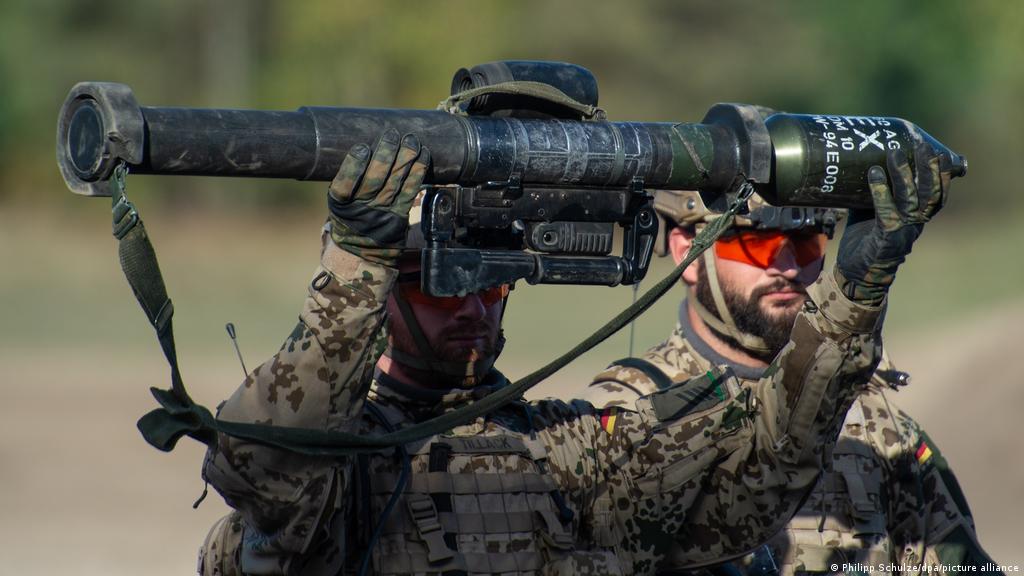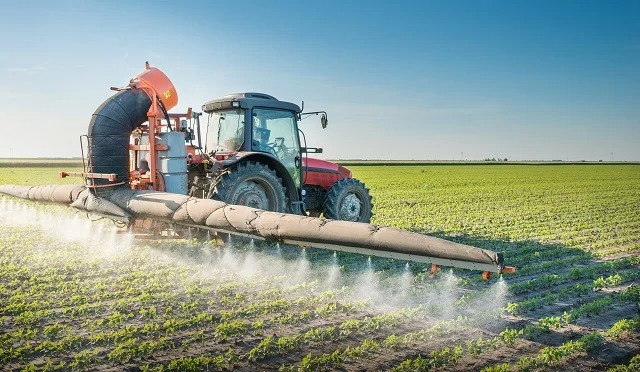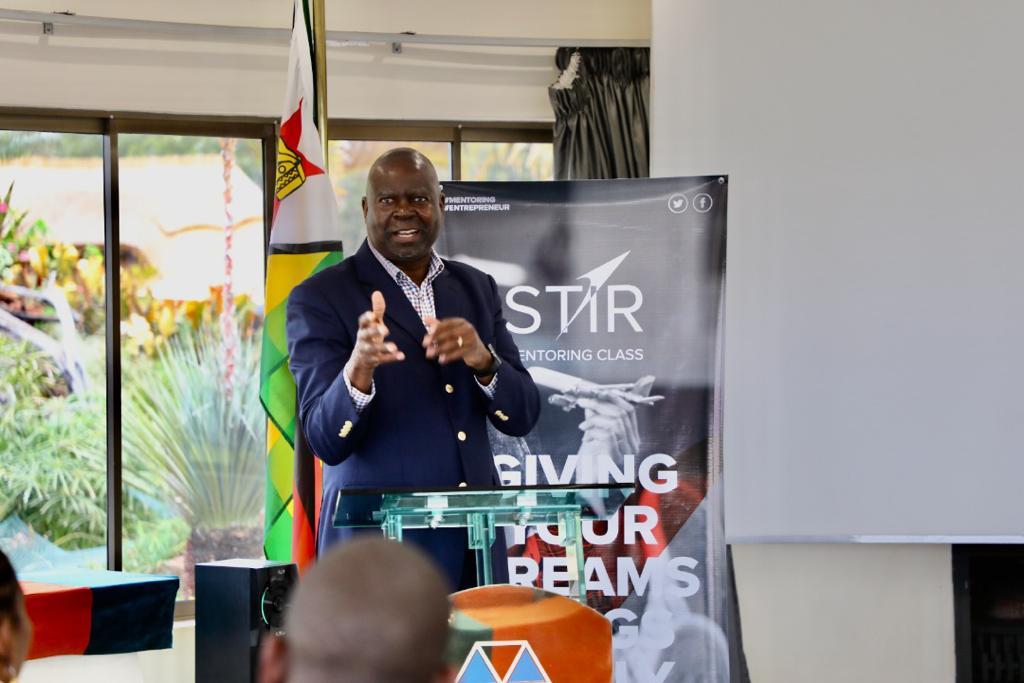
NQOBANI NDLOVU
Donkeys quench their thirst from a shallow well in a dry riverbed. (Right) A man fetches water from the same well. PICTURES: Nqobani Ndlovu BULAWAYO — Scores of cattle are dying every week in Matabeleland, a region dependent on livestock farming, owing to lack of pasture and water caused by the poor rains last season. Matabeleland South is the hardest hit with worst affected districts being Gwanda, Kezi, Mangwe and Bulilima where over 20 cattle are dying on a weekly basis. Zimbabwe Commercial Farmers’ Union (ZCFU) president, Donald Khumalo said he was shocked that the government was not taking any urgent measures to save livestock. He warned that Zimbabwe could face a repeat of the 1992 situation, when over half of the national herd succumbed to drought with Matabeleland regions being the most affected. “We are staring in our faces a repeat of the 1992 situation when livestock was lost due to drought. The situation is extremely bad,” said Khumalo.
“It’s a sorry sight which is degenerating at an alarming rate. There are no pastures anymore in Matabeleland South provinces and cattle are dying in numbers.” Khumalo said the people of Matabeleland, who are mostly dependent on cattle, faced grinding poverty, making it practically impossible for the country to achieve the Millennium Development Goals (MDGs) which call for poverty eradication.
When The Standard visited the province recently, some villagers were selling their cattle for as little as below US$200 while others exchanged their beasts for solar panels and motor cycles for fear of losing out.
“Government should come up with a stockfeed loan scheme programme to save livestock. If that cannot be done, government should ask donors or others with resources to assist and save livestock,” said Khumalo.
“Buyers are no longer interested in the cattle because they are below the grade which is a big loss to farmers as they are now exposed to ‘vultures’ who are buying the cattle for a song.” The villagers get their drinking water from the same sources as cattle, donkeys and wild animals.
Presenting the mid-term budget review statement recently, Finance minister Tendai Biti said there was need for mitigatory strategies in the form of supplementary feeding and relocation of cattle from drought-stricken areas to places with enough pasture to save livestock.
- Chamisa under fire over US$120K donation
- Mavhunga puts DeMbare into Chibuku quarterfinals
- Pension funds bet on Cabora Bassa oilfields
- Councils defy govt fire tender directive
Keep Reading
Deputy Agriculture minister, Seiso Moyo on Thursday said there was no plan to save livestock, adding that government was still carrying out some research.
“It is not that government does not know that there is drought and cattle are dying . . . agricultural extension officers are on the ground planning to see what can be done to save livestock,” said Moyo. “As soon as they have finished with their research, the action plan will be unveiled.”













